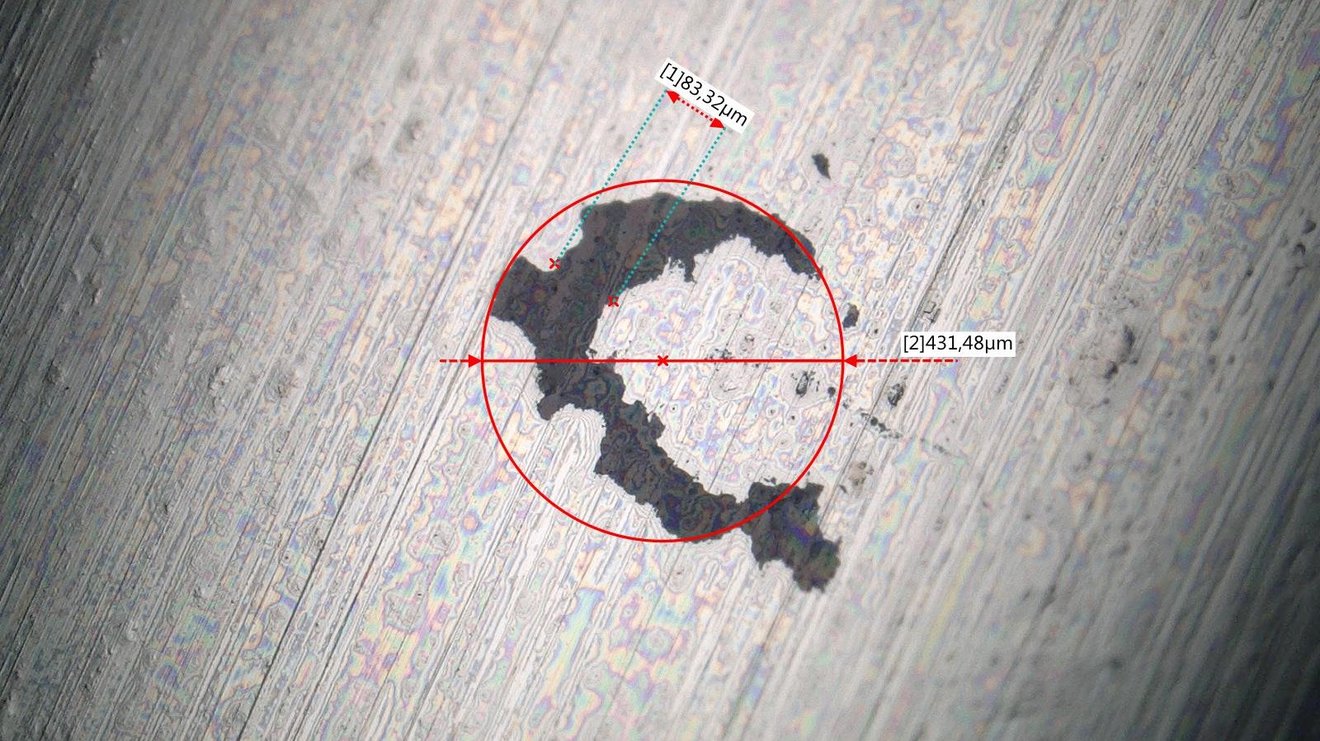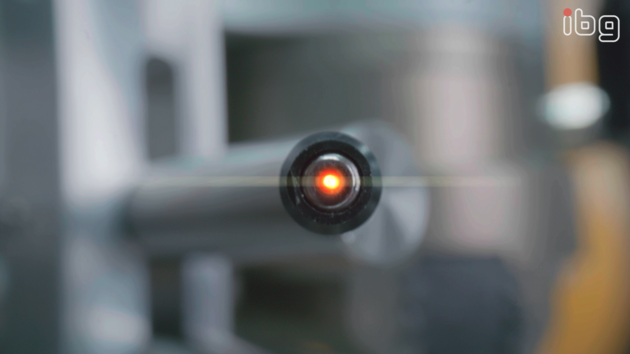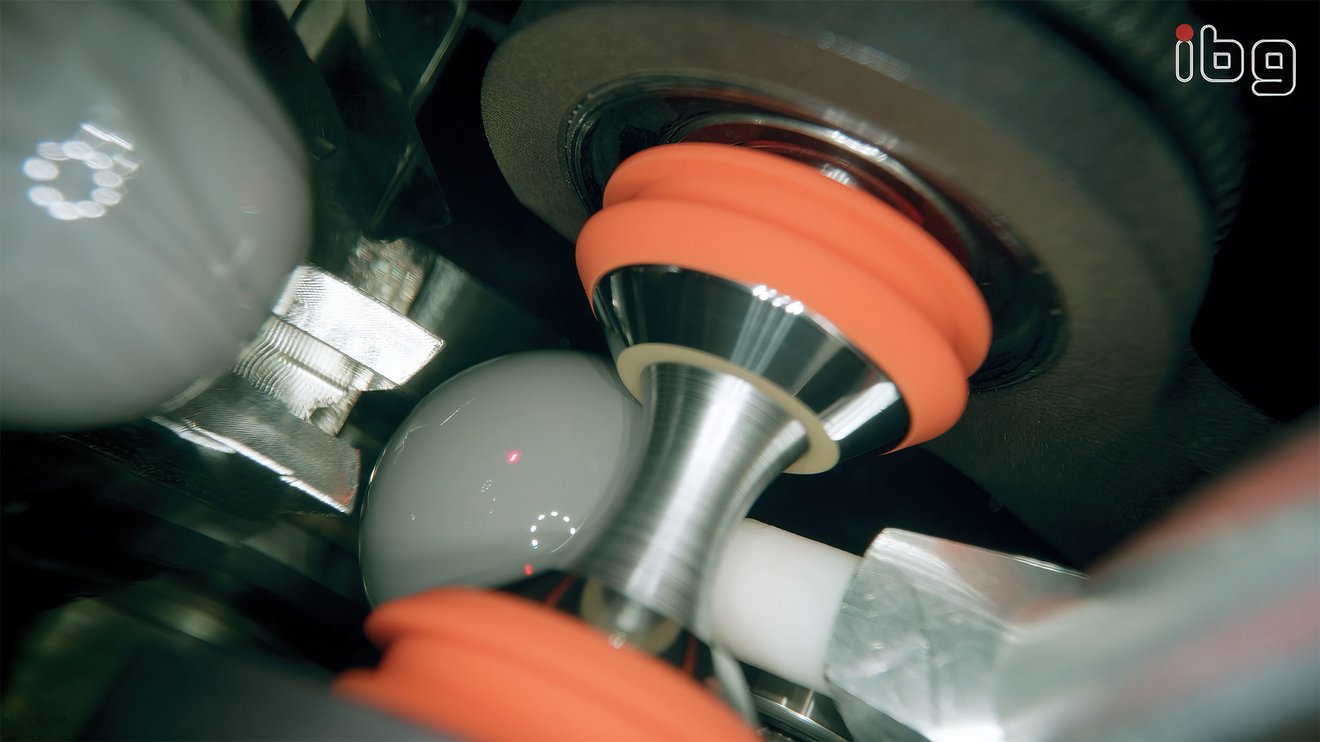Harnessing Optical Testing Methods for Precise Non-Contact Inspection of Metal Components
In the realm of non-destructive testing (NDT), the optical reflection principle serves as a powerful and versatile tool for evaluating the quality, integrity, and surface condition of metal components. This technique harnesses the fundamental principles of optics to shed light on the imperfections, defects, and characteristics of metal parts, enabling engineers and inspectors to make informed decisions about their suitability and safety. The optical testing method has become a critical component within non-destructive testing, improving the precision and scope of surface evaluation.
Illuminating Metal Surface Analysis: The Optical Reflection Principle Unveiled
At its essence, the optical reflection principle capitalizes on the interaction of light with the surface of a material. When light, typically in the form of visible or infrared radiation, strikes the surface of a metal part, it undergoes reflection and absorption. The extent and nature of this reflection are influenced by various factors, including the material's composition, texture, and the presence of surface irregularities.

Specular Reflection in Optical Testing: Precision Surface Analysis Through Directed Light
One of the primary methods employed in optical reflection testing is known as "specular reflection." In this technique, a directed beam of light is incident upon the metal surface at a specific angle. The reflected light is then captured and analyzed by specialized sensors. By examining the intensity of the reflected light, inspectors can glean valuable information about the surface condition and potential defects.
Precise Surface Anomaly Detection: Optical Reflection Testing's Key Advantages
A key advantage of optical reflection testing is its ability to detect surface anomalies with exceptional precision. It can identify imperfections such as scratches, dents, cracks, black dots, dirt, and corrosion. Additionally, it can provide insights into surface roughness and the quality of coatings or finishes applied to the metal.
Diverse Applications of Optical Reflection Testing Across Industries
The applications of the optical reflection principle are diverse and extend across a wide range of industries. In manufacturing, it is instrumental in ensuring the quality of metal parts used in critical applications, such as aerospace components or medical devices. In automotive production, it aids in evaluating the surface finish of vehicle body panels, ensuring a flawless appearance. The semiconductor industry relies on optical reflection techniques for inspecting wafers and microelectronic components.
Advantages of Non-Invasive Optical Reflection Testing Systems

Furthermore, optical reflection testing is non-destructive and non-contact, which means it does not alter the material being examined or require physical access to the surface. This non-invasive nature is especially advantageous when testing delicate or valuable components.
Modern optical reflection testing systems are equipped with advanced processing technologies and computational algorithms, enabling the automation of inspections for high throughput and consistency. These systems can provide detailed surface maps and real-time feedback, enhancing the efficiency and accuracy of the testing process.
Enhancing Quality Control with Optical Reflection Testing in Metal Industries
In summary, the optical reflection principle represents a sophisticated approach to non-destructive testing that leverages the behavior of light to scrutinize metal parts. Its ability to detect surface defects and assess the quality of metal surfaces makes it an indispensable tool in industries where precision, reliability, and safety are paramount. With continuous advancements in optical technologies, this principle continues to illuminate the path toward enhanced quality control and product integrity for metal components.

Precision Surface Flaw Detection: Unlocking Potential with ibg's Optical Testing Method
ibg’s Optical Testing Method is a cutting-edge tool for precise surface flaw detection. It emits controlled light onto the material's surface and meticulously analyzes the reflected light to pinpoint even minute surface defects. This high sensitivity eliminates the need for labor-intensive inspections or complex vision systems. ibg combines the optical testing method with eddy current crack test probes for comprehensive flaw detection, resulting in enhanced efficiency and reduced testing time. Contact us to explore the technical capabilities of ibg’s optical testing method and how it can enhance your quality control processes, ensuring top-notch quality for your steel components. Unlock the potential of NDT with ibg.
Contact Us
